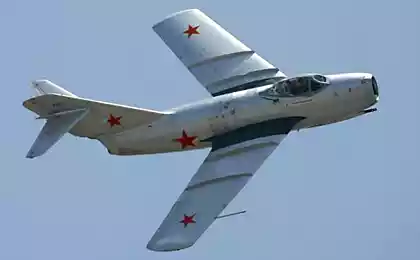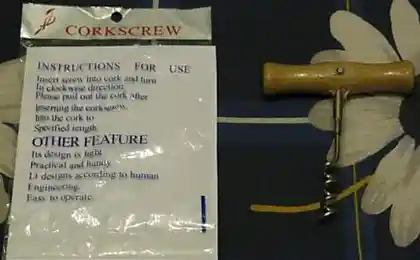635
That's corkscrew
For information about these mysterious structures (Daemonelix, the «Devil's Corkscrew»; the only one of its kind in the world), and consists of a ground helical formation (elongated spiral, leaving the soil to a depth of 3 meters, the size of a tree), were first obtained thanks to science found (Harrison, Nebraska) instances in 1891 and 1892. (Dr. EH Barbour of the University of Nebraska).
10 ph via p-i-f
(On the photo instance, exhibited in the Royal Ontario Museum)

Initially, they were described as the remains of the giant freshwater sponges. In such identification affected the environment in which the finds were located. "Screws" were found in sediments that serve once ((Miocene Epoch; 20 million. Years ago), the bottom of the huge freshwater lakes.

03
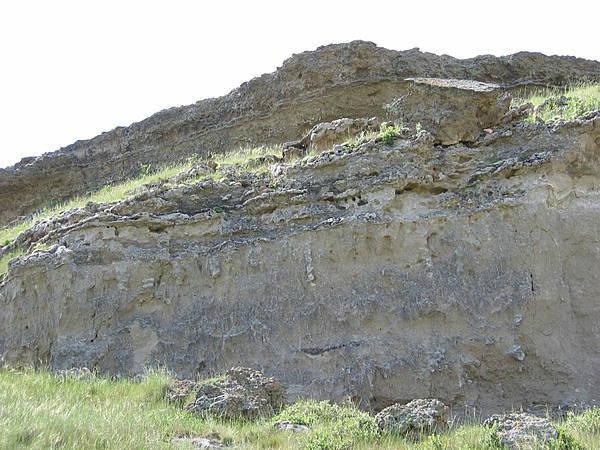
04

At one time, as it was thought that the spiral formation is the unusual shapes of some extinct plants; although relevant to this version would always rather skeptical.
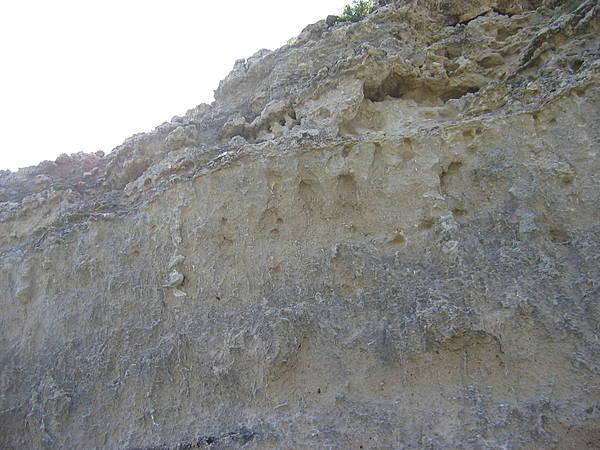
Finally, in 1893. it has been suggested that the "devil's corkscrew" is a large rodent burrows -Palaeocastor ('prehistoric beavers') representing an extinct genus beaver living in the North American badlands, late Oligocene-period.

Countries, education was given the Latin name Daimonheli; They were also classified according to shape and size.
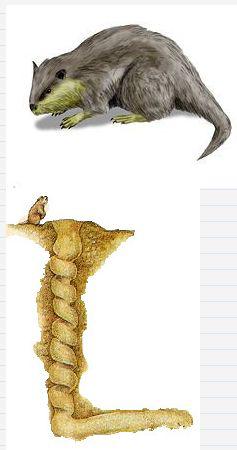
The controversy about the true origins of the mysterious "screws" ceased when fossil beaver skeleton was discovered in one of them.

And scratches previously misinterpreted as claw marks, also served as a convincing proof of the existence Paleocastor. Unlike modern beavers, otters fossil excavated hole cutters instead of claws.
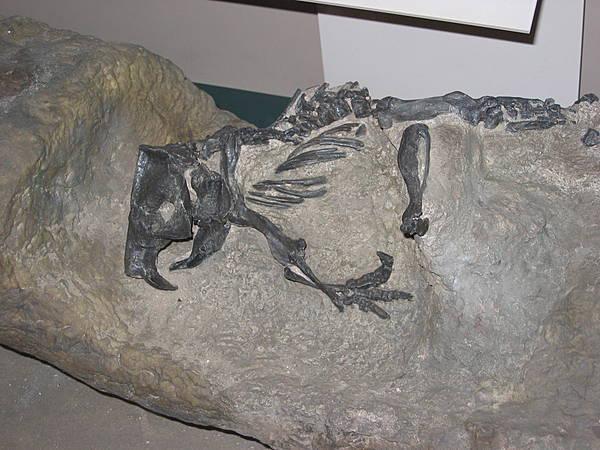
It is assumed that these creatures did a corkscrew-shaped burrows and tunnels. Fossil evidence suggests that they may also lived groups.

FAQ: Spiral - is the most common model, which can be found in all natural phenomena. We see a spiral in all the phenomena of everyday life: autumn leaves falling to the ground in a spiral; helix form of DNA ... and ribonucleic acid; ring of sea shells; sound waves, and so on. d. In the movement always takes place in a spiral return to a position close to the starting point of the movement, but in a more developed form a spiral direction ... combines such seemingly different concepts, such as: dynamic and sustainable. Naturally, the question arises: how, in prehistoric times, fossil beings, aware of this?
However, as always - more questions than answers ... We have become accustomed.
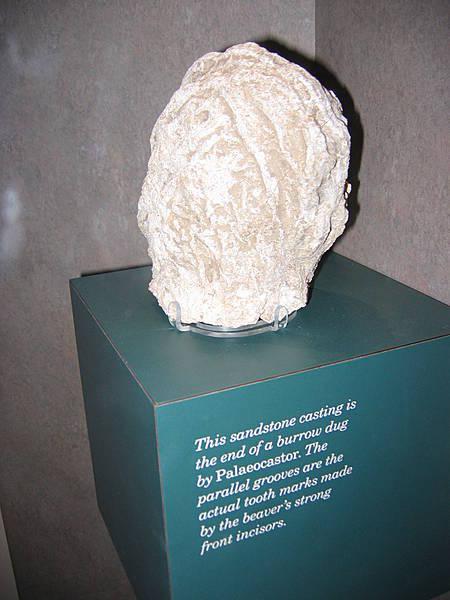
Source: http: //
10 ph via p-i-f
(On the photo instance, exhibited in the Royal Ontario Museum)

Initially, they were described as the remains of the giant freshwater sponges. In such identification affected the environment in which the finds were located. "Screws" were found in sediments that serve once ((Miocene Epoch; 20 million. Years ago), the bottom of the huge freshwater lakes.

03

04

At one time, as it was thought that the spiral formation is the unusual shapes of some extinct plants; although relevant to this version would always rather skeptical.

Finally, in 1893. it has been suggested that the "devil's corkscrew" is a large rodent burrows -Palaeocastor ('prehistoric beavers') representing an extinct genus beaver living in the North American badlands, late Oligocene-period.

Countries, education was given the Latin name Daimonheli; They were also classified according to shape and size.

The controversy about the true origins of the mysterious "screws" ceased when fossil beaver skeleton was discovered in one of them.

And scratches previously misinterpreted as claw marks, also served as a convincing proof of the existence Paleocastor. Unlike modern beavers, otters fossil excavated hole cutters instead of claws.

It is assumed that these creatures did a corkscrew-shaped burrows and tunnels. Fossil evidence suggests that they may also lived groups.

FAQ: Spiral - is the most common model, which can be found in all natural phenomena. We see a spiral in all the phenomena of everyday life: autumn leaves falling to the ground in a spiral; helix form of DNA ... and ribonucleic acid; ring of sea shells; sound waves, and so on. d. In the movement always takes place in a spiral return to a position close to the starting point of the movement, but in a more developed form a spiral direction ... combines such seemingly different concepts, such as: dynamic and sustainable. Naturally, the question arises: how, in prehistoric times, fossil beings, aware of this?
However, as always - more questions than answers ... We have become accustomed.

Source: http: //




